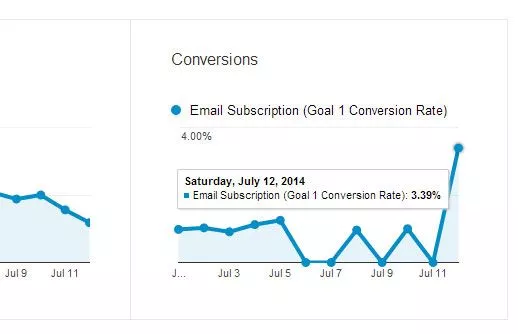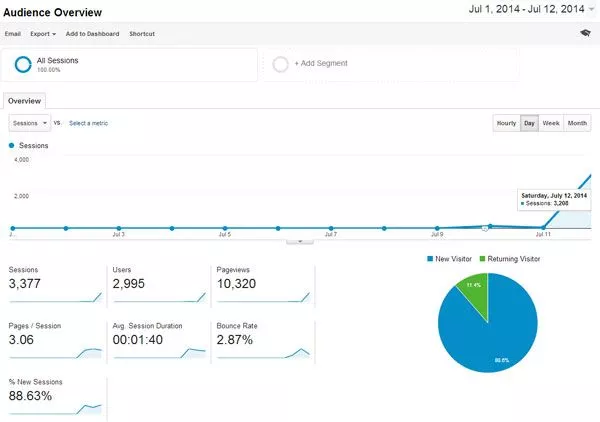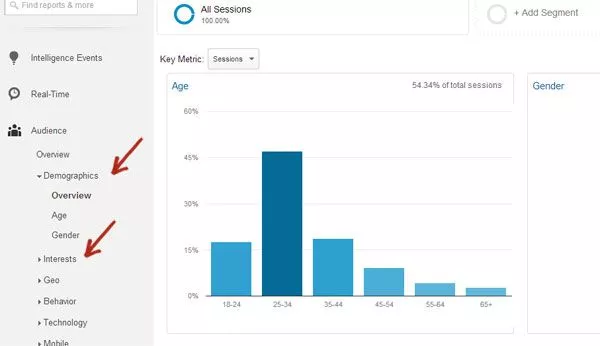I had so much fun sharing tips on social media marketing at the GDI SEO Training Camp event.
Taking the fact that the Philippines is one of the top ten most engaged countries for social networking where users spend an average hour of 8.7 per month, I thought that discussing social media at the event would be great (although I want to discuss technical SEO or inbound marketing).
Anyway, here’s the deck I created for the wonderful event:
According to Spotlight Communications, 85% of B2B marketers invest in social media to increase brand exposure, 69% to increase web traffic, and 65% to gain market insights.
The presentation, however, aims to help fellow marketers, entrepreneurs, and bloggers to achieve the following:
- Enhance their branding and awareness
- Build their community and customer loyalty
- Facilitate market research and business development
- Strengthen and use the tips for public relations
- And most importantly, drive sales and leads to their businesses
Table of Contents
Toggle5 Profitable Social Media Marketing Tips
1. Drive Awareness
Whatever your businesses are, enhancing your branding awareness is one of the primary goals that you should set for successful social media marketing.
When I shared this first tip during the event, what I was trying to say was that you should make your business be seen and be known for something, pretty much about brand building.
Below are a few strategies that you can use.
Build Your Social Presence
Before you even post selfies and memes on your profiles or website, you should consider building your social presence. A few examples that you can create are the following:
- Blog
This is a powerful social media tool that you can use for other marketing campaigns such as e-mail marketing, lead acquisition, brand building, relationship building, SEO, content marketing, and more. Some statistics and strategies about blogs and blogging will be discussed later on.
- Communities or Groups
Don’t underestimate the power of communities and groups. I’ve seen a lot of business owners and have done several marketing campaigns using them. And hey, they drive lots of new customers, leads, and sales.
- Social Profiles
These are the social networking sites such as Facebook, Twitter, Google+, Pinterest, etc.
Once you are done creating your accounts for your social media presence, the next step is to share your expertise.
Share Expertise
Although sometimes sharing is free, it doesn’t necessarily mean that it won’t give you any return. There are lots of businesses that gain clients through referrals due to the reputation, credibility, and authority that they have built by sharing their expertise. Of course, you should not forget to pitch sales while sharing.
In fact, I’ve done this during the event and received more email sign-ups that day.

If you helped someone from the past or at least demonstrated something valuable about a certain topic or problem, say marketing, referring you to their friends or to a potential customer who they know is just one of the ways they could say “thank you.” Not to mention that your actions should speak louder than your words and that your work should be exceptional.
Build Relationships, Partnerships, or Alliances with Influencers and Bloggers
If you ever thought of getting traffic fast, this is probably one of the best strategies that you can use. Let’s take as an example one of the campaigns that I am currently handling for one of my clients.
I built their blog three days ago – NOTE: This is a super NEW blog installed in a subdomain – and I’ve tried to build a relationship with our target influencers and bloggers using content. Here’s the traffic we’ve got.

A whopping 3,000+ website traffic, 357.14% increase in total website traffic, and 88.63% new visitors after we hit the publish button!
Not bad for a 3-day-old blog, yes?
2. Add the Critical Ingredient: Blog
Let me start this with a few latest statistics from HubSpot State of Inbound Marketing (2012) and HubSpot Science of Blogging (2010):
- The 57% of marketers acquired customers from blogging.
- Blog frequency impacts customer acquisition. Of the companies that blogged multiple times a day, 92% acquired a customer through their blog.
- About 46% of people read blogs more than once a day.
- 81% of marketers rated their blog as useful or better.
So, if you don’t consider adding a blog as one of your marketing tools, then,
- you are missing a lot of opportunities,
- you don’t want to be profitable, or
- probably, you’re an idiot. *Oops*
A Sample Blogging Process
Whenever I run a blogging campaign, I follow the Pareto principle.
- 20% goes to production — this includes keyword research, proofreading, SEO optimization, putting images, drinking coffee before clicking the publish button, etc.
- 80% goes to distribution — this includes content outreach, influencer targeting, and outreach, link earning, building relationships, talking with friends who can share the content, using paid ads, etc.
The main reason why I have a higher emphasis on distribution rather than on production is that even though you wrote an epic post but no one reads or consumes it, you’ve just wasted time and talent for nothing.
Distribution is critical especially if you are just starting blogging for business.
3. Find the Best Social Platform
This one is pretty funny because there are a lot of battles roaming on the Internet nowadays that seek the best social media platform for business.
The truth: All social media channels including its arsenal can be the best.
It’s just a matter of answering these questions:
- How well do you use the platform you chose?
- How did it help you meet your goals?
Obsessed with Data? No problem.
Now, if you are a start-up and obsessed with statistics, hop over Shopify’s infographic case study on which social media platforms drive the most sales.
This case study might help you choose a few to start with.
Answer Questions Based on Data and Market Research
Amplification on which social media platforms drive you the most traffic and conversion from your existing data is another great idea. There are a few things that you need to find by answering questions and here are just two examples:
- Where are your customers? Where do they hang out? What social media platform do they use?
- What social media tools currently give you the most traffic and conversions?
4. Use Your Website Audience Data
Google Analytics has a feature called “Demographics and Interest Reports,” which you need to enable (how?).

Using the available data on your main storefront (either blog or website) can help you target new audiences from different social media platforms such as Facebook and Stumbleupon with the help of their paid ads feature.
5. Connect with Your Audience
There are various ways to connect with your audience. Below are some of the most common things you can do.
- Start being active on forums, events, groups, communities, blogs, and other social media platforms that are beyond your social platforms. Got it?
- Target and connect to those people who will help you become profitable.
The latter is a little bit self-explanatory. If you offer Internet marketing services, you should target and connect with entrepreneurs, business owners, or CEOs, just to name a few, since these are the kind of people who have the highest potential to be one of your next customers.
Do this instead of connecting to random people with random demographics and interests.
BONUS: About Social Engagement
Since some of my presentation points involve social media engagement, I thought that adding this bonus would be perfect.
I really liked what one of my friends, Mark Schaefer, said about social media engagement.
You see, back around 2007, many social media gurus would tell you that social media is not about your stupid company. It’s all about conversation. And nowadays, you will still hear rumblings online that engagement is the goal.
However, you need to know that social media engagement is not a strategy. And, it isn’t necessarily an indicator of financial success.
If you don’t believe me, take a look at Apple’s Facebook Page with millions of fans but zero posts. Take a look at their Twitter Profile, which still has a big goose egg as their profile picture.
They have no social media engagement but they have this: $104,300,000,000.
So why social media engagement is important? Although social media engagement is not a strategy, it’s a tool, it’s a tactic. It is something that supports your bigger marketing strategy and determining how it will help you reach your business goals will be the key.
Okay, let’s recap.
Here are the five easy, effective, and profitable social media marketing tips that you can use:
- Drive awareness: be seen and be known for something.
- Add the critical ingredient: a blog.
- Find the best social media platform that will work for your business.
- Use your website audience data to target new prospects.
- Connect with your audience.
- Use social media engagement to support your business goals and marketing strategies.
Does your current social media marketing campaign help you become profitable? We would love to hear your story.
Last Updated on April 18, 2024
Subscribe And Receive Free Digital Marketing Tips To Grow Your Business
Join over 8,000+ people who receive free tips on digital marketing. Unsubscribe anytime.
Workroom is a digital marketing company in the Philippines. Our core services include logo design, website design and development, social media marketing and management, and search engine optimization.


